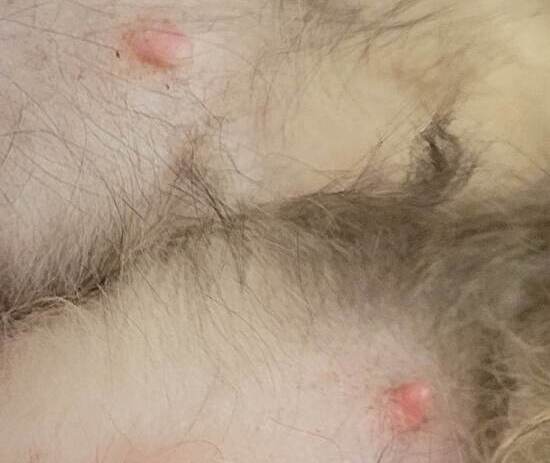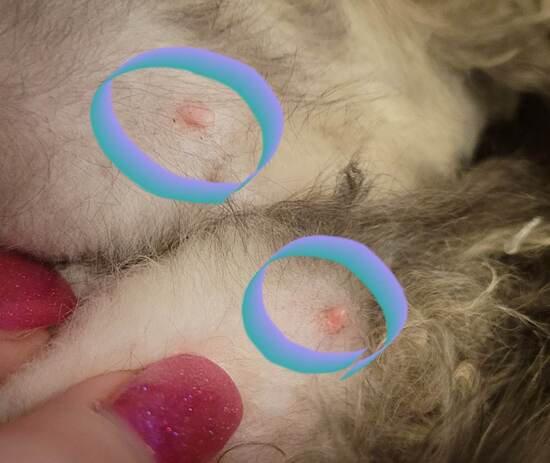Cat breeding and reproduction of Cats
As with pregnant humans, cats should have proper nutritional support to include supplementation. If breeding is intended, nutritional supplements prior to breeding are best given 3 months before breeding to build up the queen for conditioning to breed. When your cat is pregnant, it is best to give as much to eat as the female will eat. Nutritional support is vital to healthy babies.
Like dogs, cats also have an estrous, or heat, cycle. However, female cats, which are called queens, are induced ovulators. This means that they do not ovulate (pass an egg) unless they are bred. This greatly increases the chances of conception when bred, which is why stray queens often have many kittens per year. The queen can enter her first heat as young as 4 months of age, and she generally has 2 or 3 heat cycles during the breeding season (typically February to October in the northern hemisphere). During heat, the queen is receptive to males and shows characteristic mating behavior. She will roll, rub against objects, knead her back feet, and yowl repeatedly and loudly. This behavior can last 3 to 20 days and can repeat in 10 to 40 days if the queen is not bred. If the queen is bred, the cycle ends as her body prepares for pregnancy.
Gestation, or pregnancy, lasts about 2 months (60 to 65 days), with an average litter size of about 4 kittens. However, it is not uncommon for a pregnant cat to give birth to one kitten. Breeders refer to the kitten as a singleton. Cats can also have large litter sizes. The largest liter size I have ever experienced in a Himalayan cat was a litter of eleven kittens.
It is important to control breeding as Queens can be bred by more than one male during a heat period, resulting in kittens from the same litter with different sires. The first indication a cat is bred or pregnant is her nipples will turn a bright pink, as seen referenced in the photos below. Additional signs of pregnancy include a weight gain, increased appetite, nesting as well as swollen mammary glands that may release milk when squeezed. It is during the later stages of pregnancy, the queen seeks a nesting area and places bedding in a quiet, secluded spot.
Additionally, environmental exposure should be considered. A pregnant female should never come in contact with cleaning chemicals of any kind. Therefore, if your cat is pregnant, she should be removed from the area that is being cleaned to avoid exposure.

